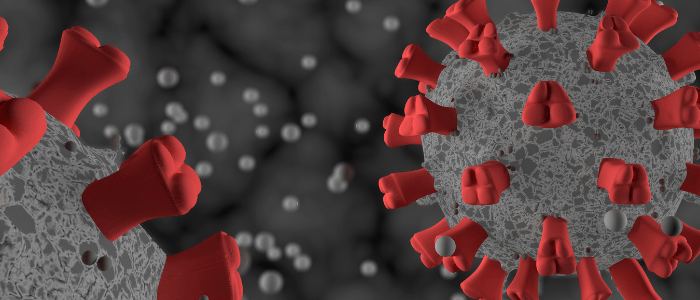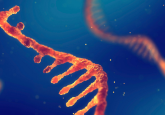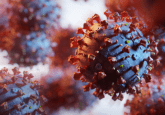How did SARS-CoV-2 go viral?

SARS-CoV-2 has been hugely successful compared to its predecessor; new research investigates why. A team from Duke University (NC, USA) has shed light on SARS-CoV-2 evolution, revealing the ‘silent’ mutations that enabled SARS-CoV-2 to ‘go viral’. Their results could explain how it has vastly outpaced the SARS epidemic of 2003. During the original SARS outbreak shedding began 2—10 days after symptom onset, making it easier to get under control. It is therefore reasonable to assume that mutations improving viral transmission would be favored by natural selection. With previous research highlighting the spike protein gene as a target of natural selection,...
To view this content, please register now for access
Join our member community for FREE to access a collection of journal and online-only features, including:
- Exclusive access to educational videos, eBooks and insights into top BioTechniques journal articles
- The latest news and journal updates delivered straight to your inbox when you want it
- Personalized recommendations for the latest member-exclusive podcasts, interviews and expert opinions
- Priority registration to webinars, panel discussions and events
- Access to competitions and journal publication discounts, including 10% off open access fees when you sign up today!





